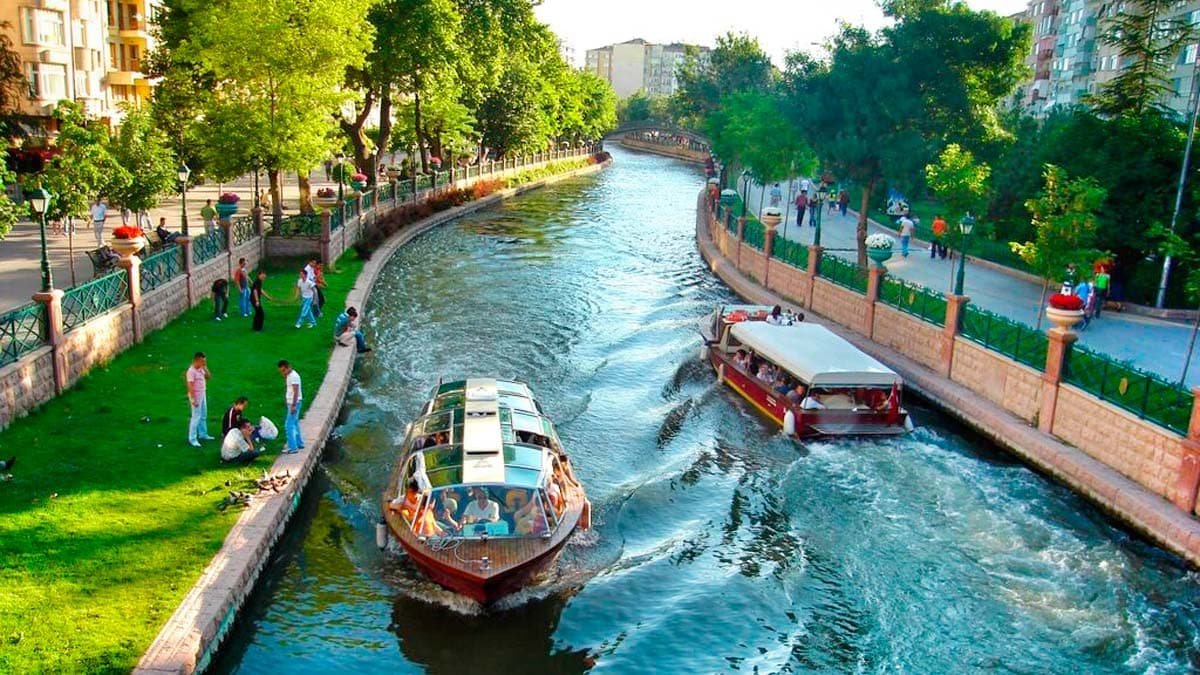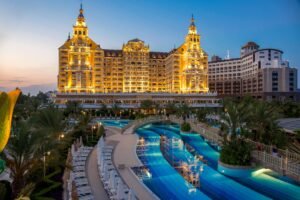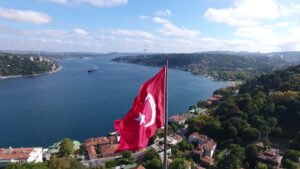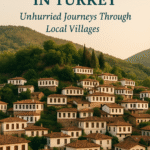Now Reading: Exploring Afyonkarahisar: Where History Meets Hot Springs
-
01
Exploring Afyonkarahisar: Where History Meets Hot Springs
Exploring Afyonkarahisar: Where History Meets Hot Springs
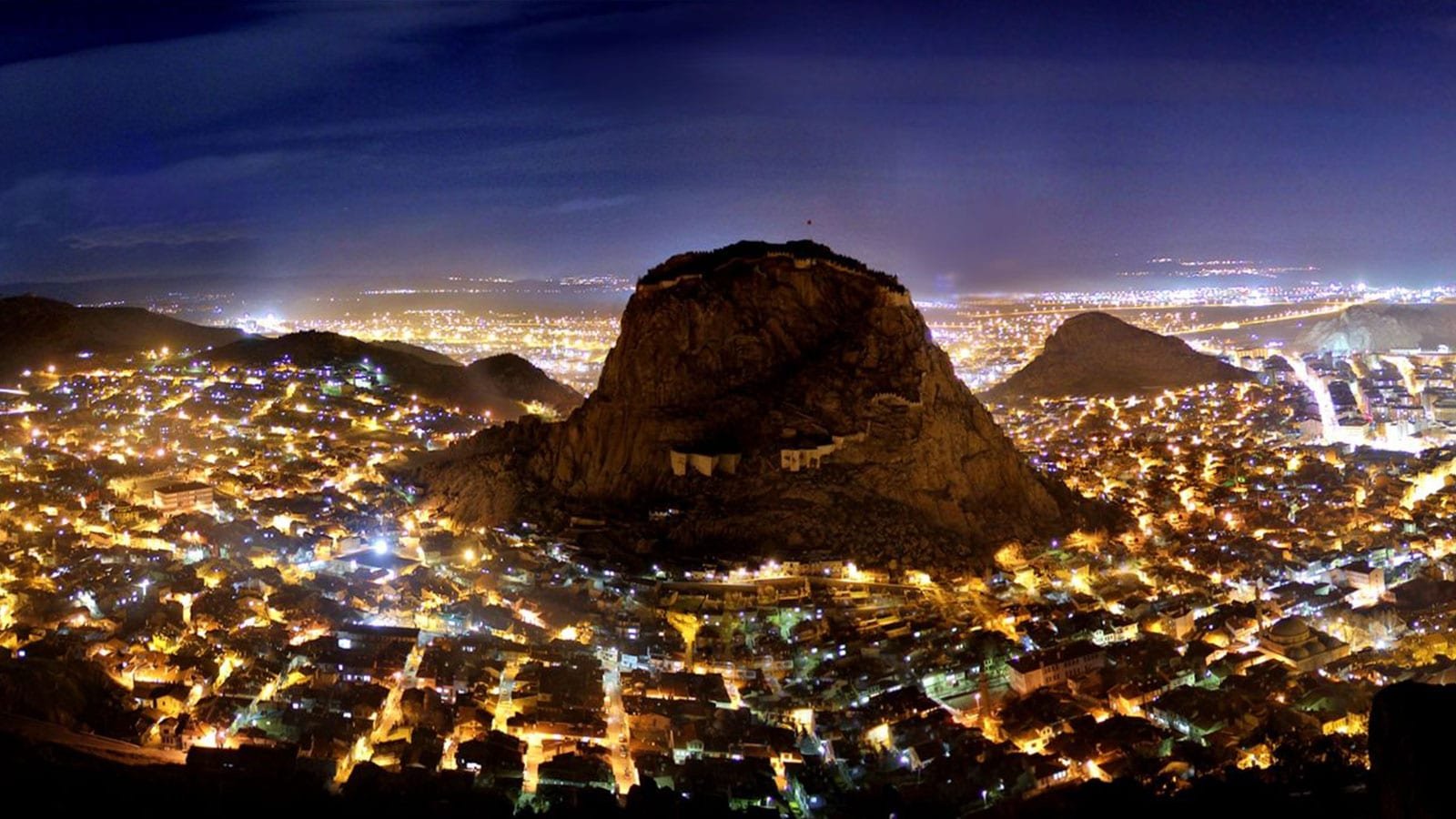
Afyonkarahisar might officially belong to the Aegean region on the map, but it shares a heartfelt bond with Central Anatolia. This charming city softens its brisk air with the comforting warmth of thermal springs and proudly hosts a rich cultural and historical mosaic.
A Tapestry of Civilizations
Throughout history, Afyon has witnessed the rise and fall of numerous civilizations. From the Hittites, Phrygians, Lydians, and Persians to Alexander the Great and the Romans, each left their unique imprint on these lands. Eventually, the Karaşar Turks—who gave the city its “Karahisar” name—brought it under Seljuk control. Today, Afyonkarahisar stands shoulder to shoulder with Eskişehir, Konya, and Kütahya in the heart of Anatolia.
If you’re traveling from Eskişehir, you’ll find the route sprinkled with history—including film sites from the cult classic A.R.O.G.
The Iconic Afyon Castle

Immortalized in rock singer Kıraç’s lyrics as “Karahisar Castle,” this iconic fortress watches over the city from its lofty perch. You can spot it from almost anywhere in town—especially from the lush Anıtpark, one of the greenest urban spots in Afyon. Locals jokingly say, “If you climb the castle, you’ll end up living here for at least five years!” You’ve been warned!
Anıtpark & Zafer Museum
Anıtpark, home to a statue of Atatürk, is a popular hub for public events and demonstrations. Right across the street lies the Victory Museum (Zafer Müzesi)—a stunning Ottoman-style building where the Battle of Dumlupınar was planned. This was the headquarters where Atatürk, İsmet İnönü, and Fevzi Çakmak made historic decisions during the Turkish War of Independence. The building became a museum in 1985.

Mosques and More
Two major mosques grace Afyon’s skyline:
- Grand Mosque (Ulu Camii) – Built in 1277, it’s an exquisite example of Seljuk stone craftsmanship.
- İmaret Mosque – Commissioned in 1472 by Gedik Ahmet Pasha, it stands proudly with a single minaret and balcony.
Just beyond İmaret Mosque, you’ll stumble upon the Archaeology Museum, where every artifact whispers a tale from the past.
Hıdırlık Hill: A Panoramic Retreat

At the end of the avenue lies Hıdırlık Hill, a scenic picnic area where locals gather especially in summer. From here, the city stretches out beneath you like a living museum.
Spiritual Sights and Sacred Ground

Afyon’s streets often surprise you with glimpses of Ottoman-era ambiance—minarets dot the skyline, and the architecture preserves a nostalgic charm. One final, moving stop: Anıtkaya Martyrs’ Cemetery, built in memory of the soldiers from the 13th and 20th regiments who fell during the 1922 battle. A memorial ceremony is held each year on August 28th.
Taste Before You Go
Before leaving the city center, you can indulge in local delicacies around Anıtpark. Be sure to try:
- Kaymak (clotted cream)
- Afyon Turkish delight
- Cumhuriyet sausages – highly recommended!
♨️ Final Stop: Gazlıgöl Hot Springs
Just outside the city lies Gazlıgöl, the lifeblood of Afyon’s thermal tourism. Though its fame is relatively recent, this spa town offers healing waters, accommodation for all budgets, and therapeutic treatments backed by modern technology.
Gazlıgöl isn’t confined to a single site—it spreads out, with multiple developments offering everything from private timeshares to luxurious pools. Whether you’re recovering from chronic pain or simply looking to unwind, this place is your answer.
In Summary
From towering fortresses to steaming hot springs, Afyonkarahisar is a city that satisfies both the soul and body. I began my journey in the heart of its history and ended in the embrace of its healing waters. It’s a route I wholeheartedly recommend.
Until the next adventure…












